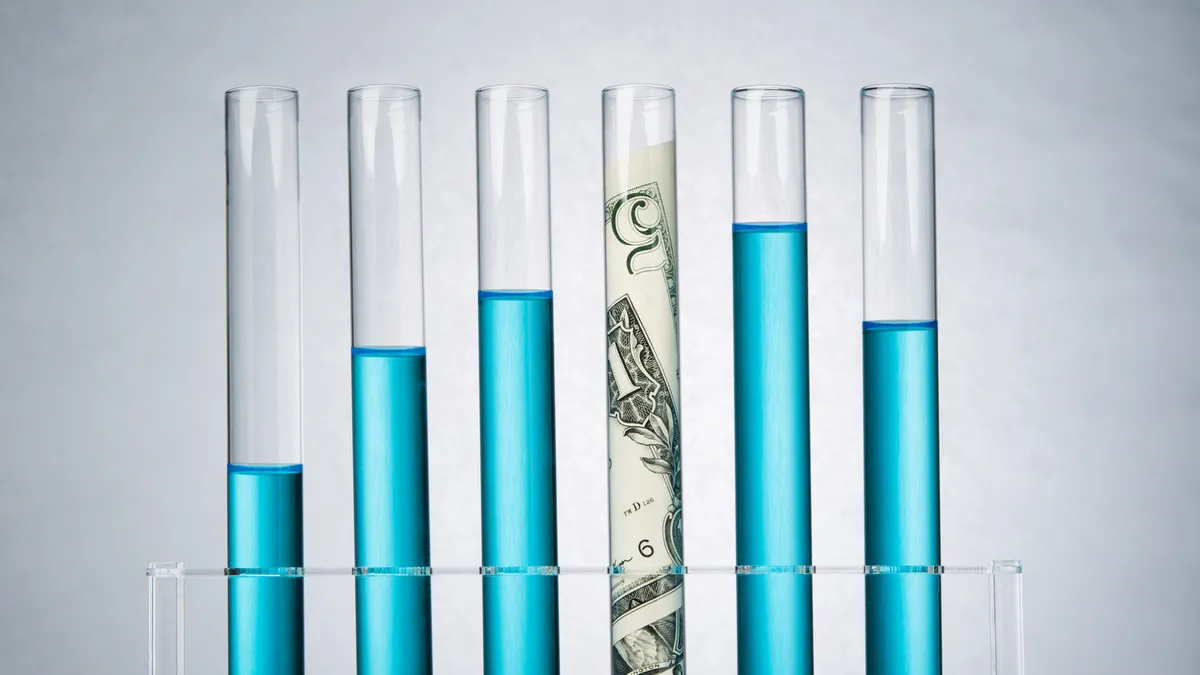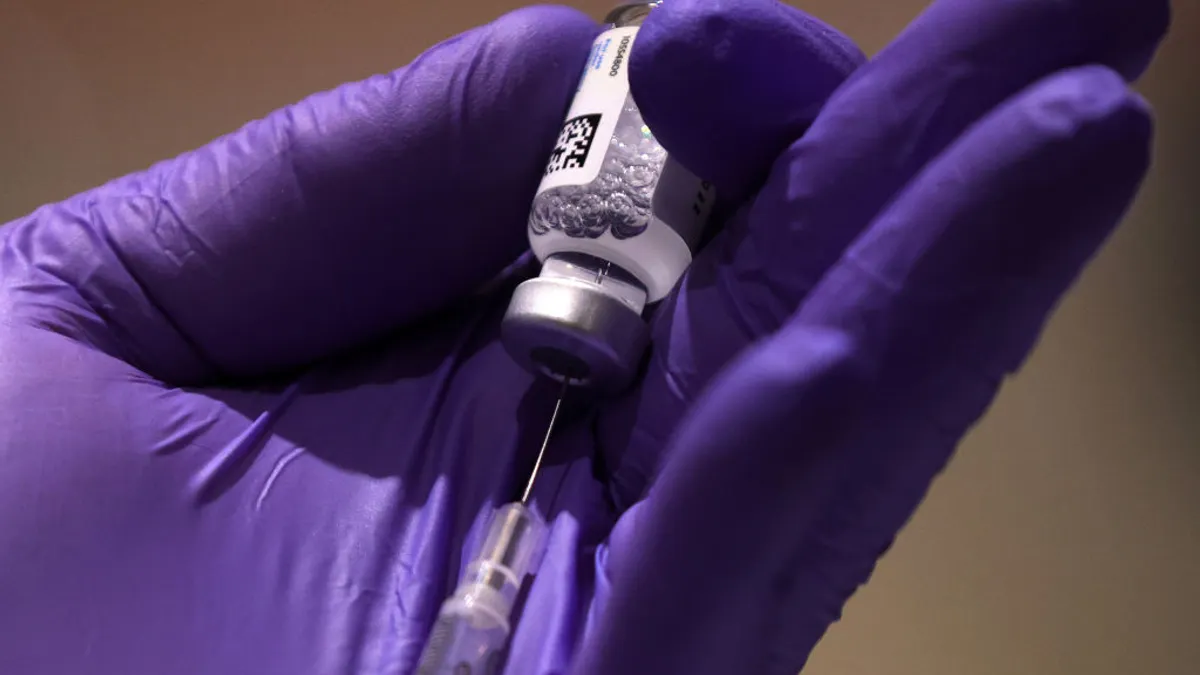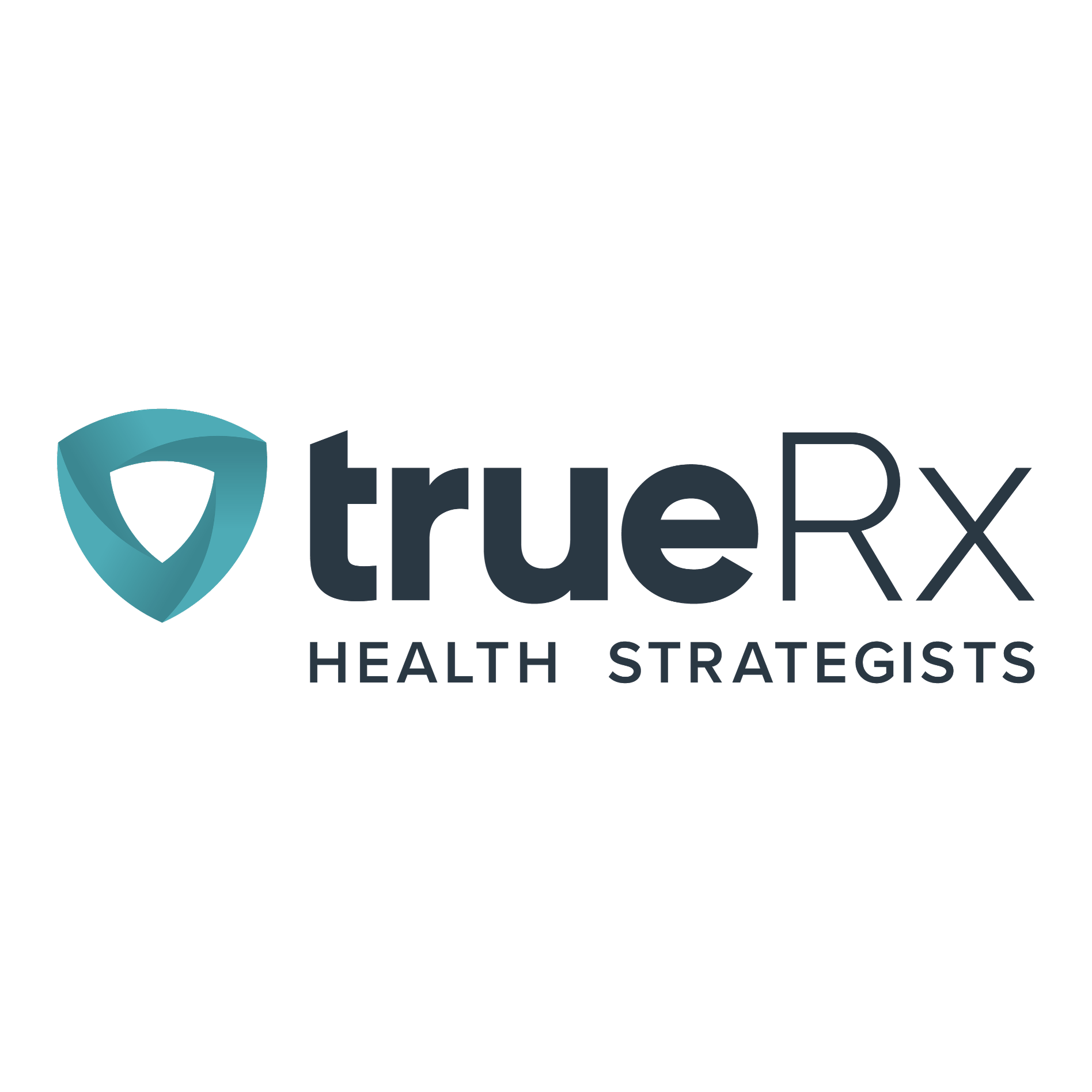Every time a new multimillion-dollar drug is introduced to the market, headlines trumpet the cost. And while eye-popping price tags look exorbitant on paper, the reality behind these figures is much more nuanced.
The most expensive drugs are gene therapies, typically one-and-done treatments aimed at rescuing patients from a lifetime of repeated medical interventions. Prices are set based on the overall savings throughout a patient’s journey and intended to represent the high value of the drugs and their long road to development.
Even though these treatments could be curative — assuming the therapeutic effect holds up over time — patients haven’t always clamored to take them.
Orchard Therapeutics’ $4.25 million Lenmeldy became the most recent gene therapy to take the “world’s priciest drug” mantle when it was approved in March for metachromatic leukodystrophy. The company has outlined its launch plans, including work with payers to implement innovative reimbursement structures that “appropriately balance the needs of patients and families for adequate access,” but it’s too soon to know how well it will be received in the marketplace.
But other gene therapy stories hint at the potential uptake challenges ahead. Here’s a look at the sales performance for some of the most innovative and expensive therapies approved in recent years.
Casgevy
List price: $2.2 million
Vertex Pharmaceuticals and CRISPR Therapeutics in December scored the first FDA approval for a CRISPR-based drug. Initially indicated for sickle cell disease, the companies won an additional nod for beta thalassemia a month later.
The groundbreaking therapy has been on the market for several months, but the companies are still counting cells — not dollars — when it comes to measuring uptake.
As of mid-July, 20 patients have had their cells collected for treatment, CRISPR Therapeutics reported in its second quarter earnings. And more than 35 authorized treatment centers have come online to expand access.
Although neither company has reported specific sales numbers for Casgevy, Vertex raised its full-year sales forecast this month by $100 million to almost $11 billion. While growth is being driven by the company’s cystic fibrosis portfolio, Vertex also pointed to an expected uptick in Casgevy demand as a reason for the boost, and said it has identified about 35,000 potential patients for the treatment.
Analysts also predict Casgevy sales will pick up in the third quarter and could ultimately hit about $81 million.
Hemgenix
List price: $3.5 million
CSL Behring raised its profile when it won an FDA OK for Hemgenix in 2022, the first gene therapy of its kind for hemophilia B. Still, sales reports suggest uptake has been slow.
Although CSL is forecasting revenue growth across its extensive hemophilia portfolio from $1.19 billion in 2023 to $1.3 billion this year, the company has yet to list specific sales results for Hemgenix in any of its financial presentations.
The company won regulatory coverage in England and Denmark for Hemgenix under an outcomes-based payment model earlier this year, which could help the treatment gain traction outside the U.S. A company spokesperson also told PharmaVoice it’s seen an “acceleration” of patients being infused with Hemgenix as it works to educate the hemophilia community about the treatment and win 90% coverage from U.S. payers.
“Even more encouraging is the continued inquiries from patients and physicians, who are actively engaging CSL Behring about Hemgenix infusion readiness and scheduling as well as positive feedback from the hemophilia treatment centers prepared to administer doses,” the company spokesperson said in an emailed statement.
Roctavian
List price: $2.9 million
Hemgenix isn’t the only gene therapy struggling to build momentum in the hemophilia market.
Since the FDA approved BioMarin Pharmaceuticals’ Roctavian for severe hemophilia A last year, sales have been so sluggish the company has had to rework its commercialization strategy.
Just five patients — three in the U.S. and two in Italy — took Roctavian in the second quarter, BioMarin reported, generating $7 million in revenue. Given the high operating expenses associated with producing the treatment, the company is now limiting access to three countries — the U.S., Germany and Italy. Ultimately, the goal is to slash Roctavian-related costs by $60 million and make the treatment profitable by the end of 2025, the company said.
BioMarin CEO Alexander Hardy also indicated earlier this year that the treatment could ultimately be divested from the company’s portfolio.
Elevidys
List price: $3.2 million
Analysts once pegged Sarepta Therapeutics’ Elevidys as a gene therapy that could defy larger uptake trends and soar to blockbuster heights. But so far, sales for the Duchenne muscular dystrophy treatment approved in 2023 have landed below some analysts’ expectations.
Elevidys pulled in about $121.7 million in revenue in the second quarter — down from about $133.9 million in the first.
On an earnings call, Sarepta CEO Doug Ingram blamed flat sales on the months-long approval process for the therapy, rescheduled infusions and other treatment delays.
Company executives also put a positive spin on the situation by pointing to several indicators Elevidys sales could ramp up, including a recent expanded label approval, an increase in demand for the antibody testing kits needed for the treatment, along with “unprecedented demand” at treatment centers. Overall, company leaders predicted a one-third sales jump in the third quarter, and another doubling of revenue in the final three months of the year.
“With the broader label granted in June of this year … the opportunity to serve patients and in so doing reward committed investors will be enormous,” Ingram said during the call.




















